Big cats, a captivating family of animals known scientifically as Felidae, exhibit a wide array of coat patterns, each serving unique functional purposes. From the camouflaging spots of a leopard to the majestic stripes of a tiger, these patterns aren’t just for show. Delving into the science behind these variations provides insights into genetics, evolution, and adaptation, offering a fascinating glimpse into the survival strategies of these magnificent creatures.
The Role of Genetics in Coat Patterns
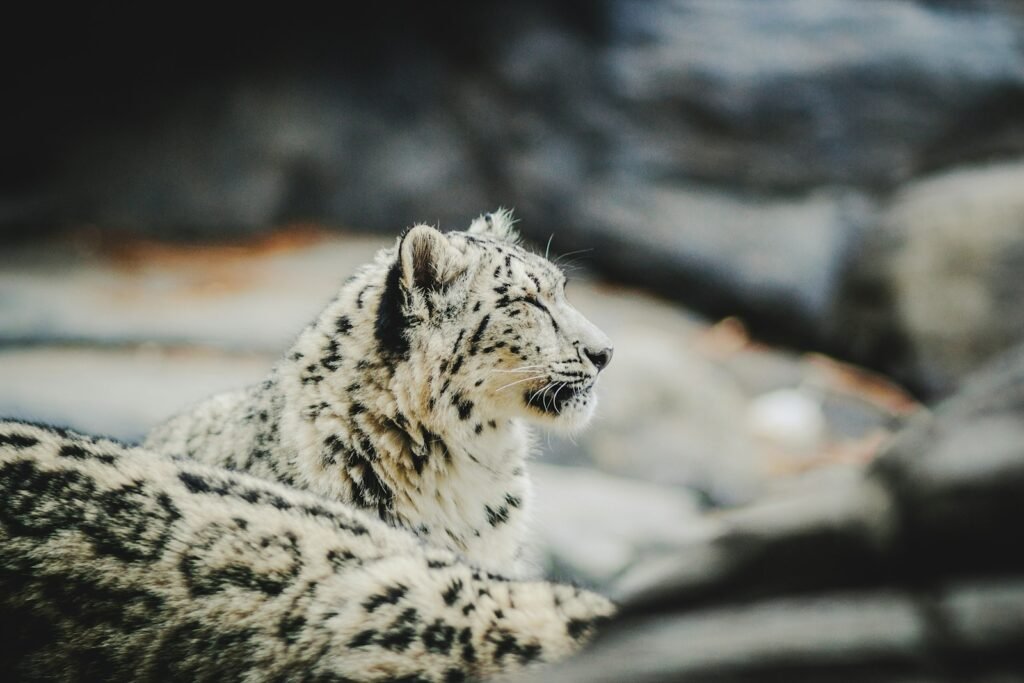
Genetics plays a significant role in determining the coat patterns of big cats. Each pattern is controlled by various genes and their interactions. For example, the agouti signaling protein (ASIP) gene and melanocortin 1 receptor (MC1R) gene are integral to pattern formation. Mutations in these genes can result in variations, such as the black coat of a melanistic leopard, commonly known as a black panther.
Evolutionary Significance of Coat Patterns
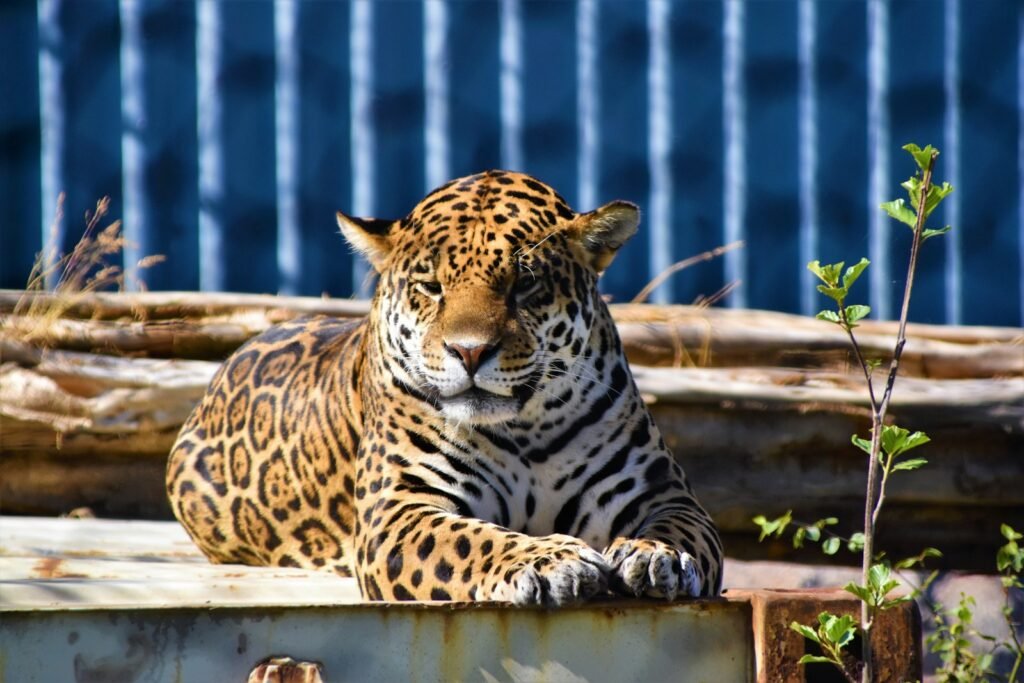
Through evolution, big cats have developed specific coat patterns to enhance their survival. These patterns have evolved over millions of years and have been naturally selected based on their effectiveness in various habitats. For instance, patterns that improve camouflage in an environmental niche increase chances of survival and reproduction, passing on these successful traits to offspring.
Camouflage as a Survival Strategy
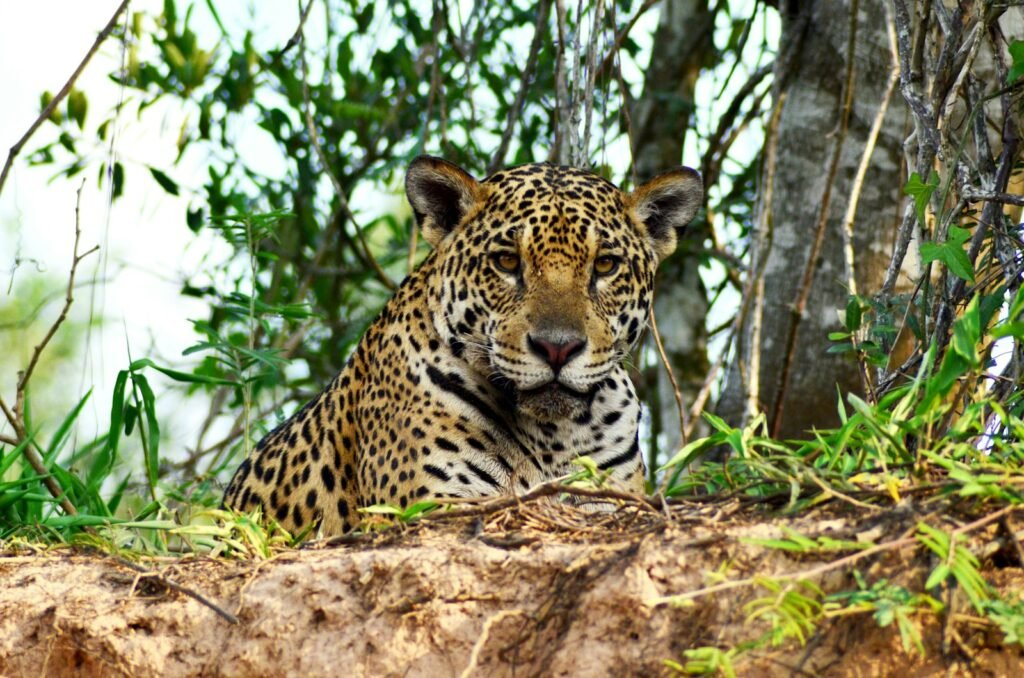
Camouflage is one of the primary functions of a big cat’s coat pattern. Tigers, with their distinctive stripes, can blend seamlessly into grassy environments, helping them stalking prey. Similarly, jaguars and leopards have rosettes that mimic the dappled light of forests, providing stealth and cover.
Thermoregulation and the Role of Coat Patterns
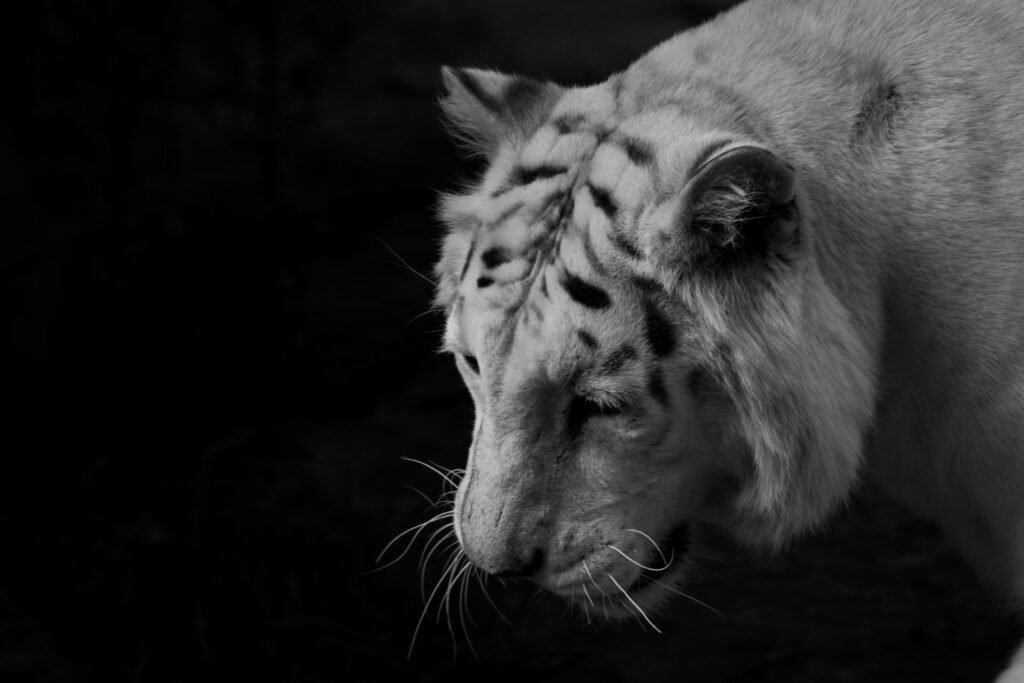
Interestingly, coat patterns may also aid in thermoregulation for certain big cats. The spatial arrangement of dark and light areas can affect heat absorption and dissipation. This is beneficial for cats living in varying climates, providing either warmth or cooling, depending on their environment.
Communication and Social Signals
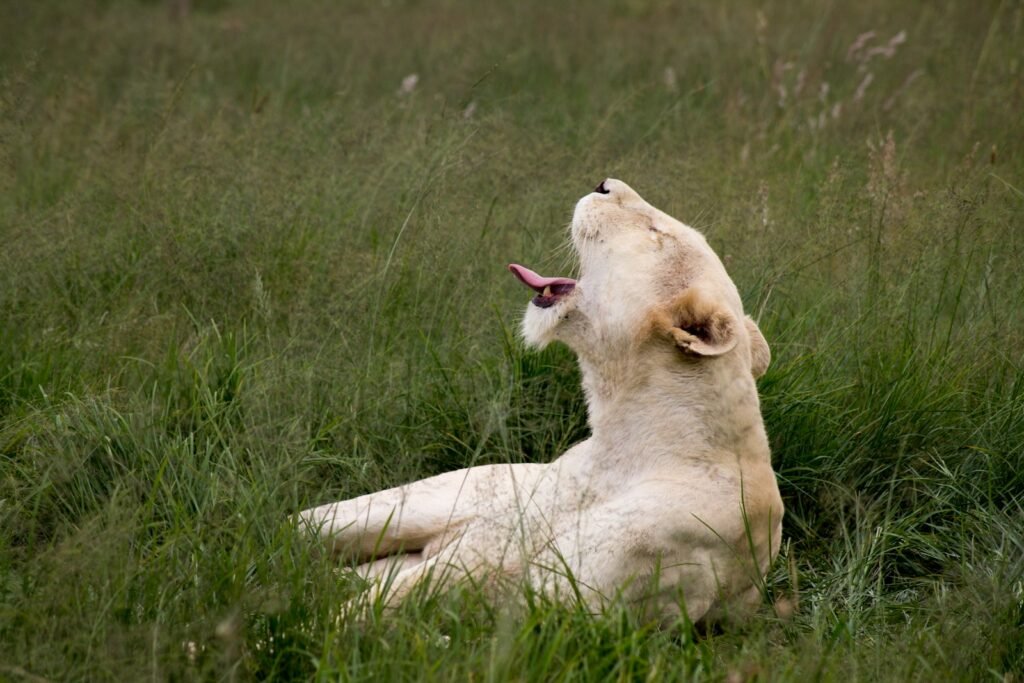
Coat patterns can serve as a means of communication among big cats. Unique markings can help individuals recognize each other, facilitating social interactions, mating, and territory establishment. This visual identification is crucial for species that lead solitary lives or have complex social structures.
Geographical Variation in Coat Patterns
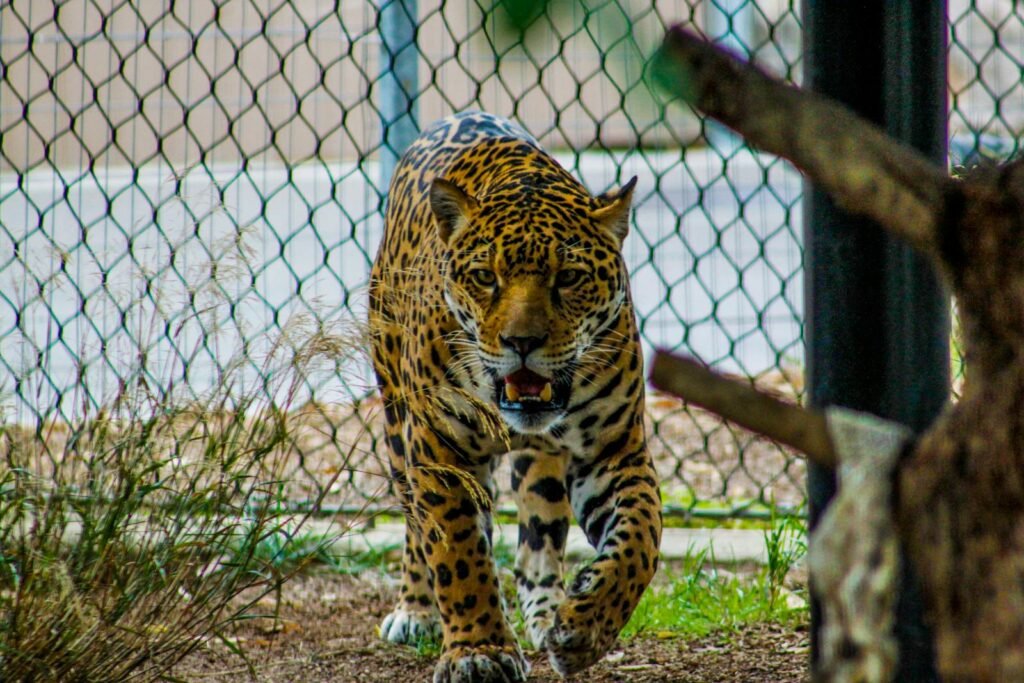
Geographical location greatly influences coat patterns in big cats. Tigers found in different regions exhibit variations in stripe thickness and coloration, while leopards may show differences in rosette size depending on their habitat. These variations arise as adaptations to local environmental conditions.
Mimicry and Hybridization
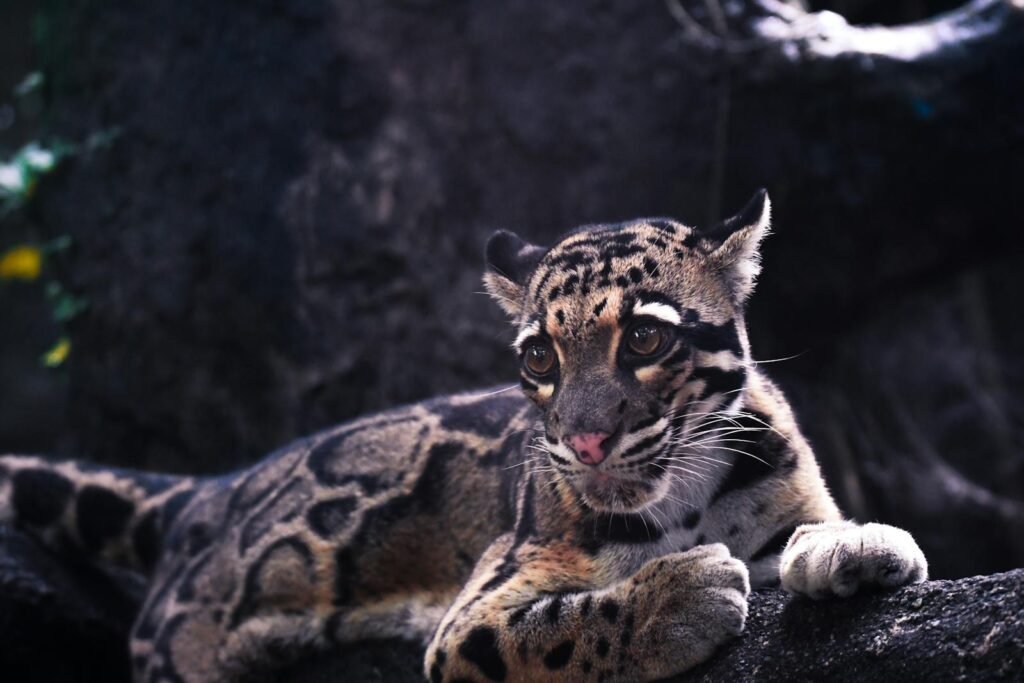
Mimicry between different big cat species may occur, especially in overlapping habitats, affecting predator-prey dynamics. Additionally, hybridization between species, like ligers (lion-tiger hybrids), can introduce novel coat patterns, though this is rare in the wild.
Scientific Studies and Discoveries
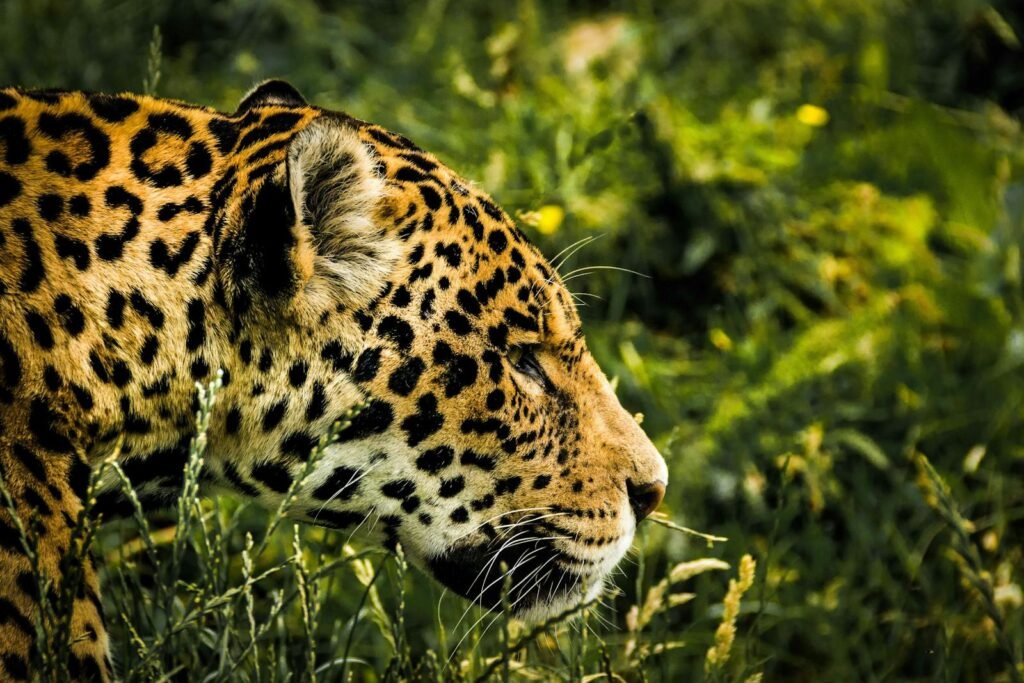
Recent scientific studies have advanced our understanding of big cat coat patterns. By using genetic mapping and computer simulations, researchers have uncovered the genetic basis of these patterns. Discoveries like the role of specific genes in tabby patterns have been pivotal in comprehending pattern development.
Conservation Implications of Coat Patterns
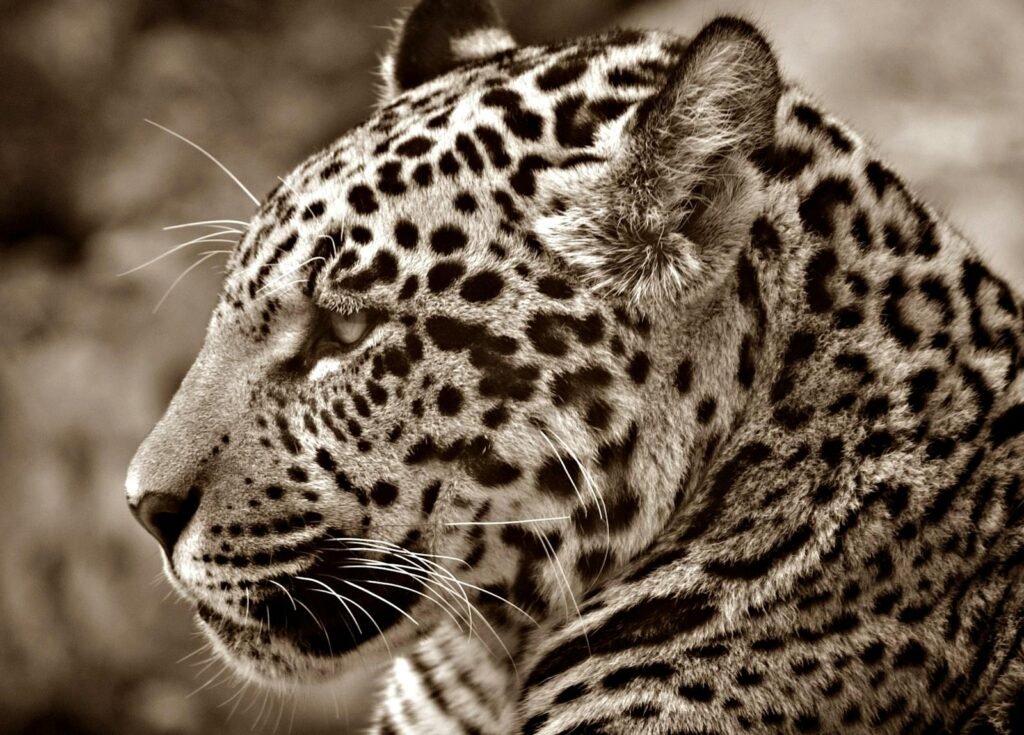
Unraveling the science behind coat patterns has practical implications for conservation efforts. Understanding these traits helps in habitat preservation strategies and in managing genetic diversity within captive breeding programs, ensuring the survival of these species in the wild.
Conclusion: The Marvel of Nature’s Designs
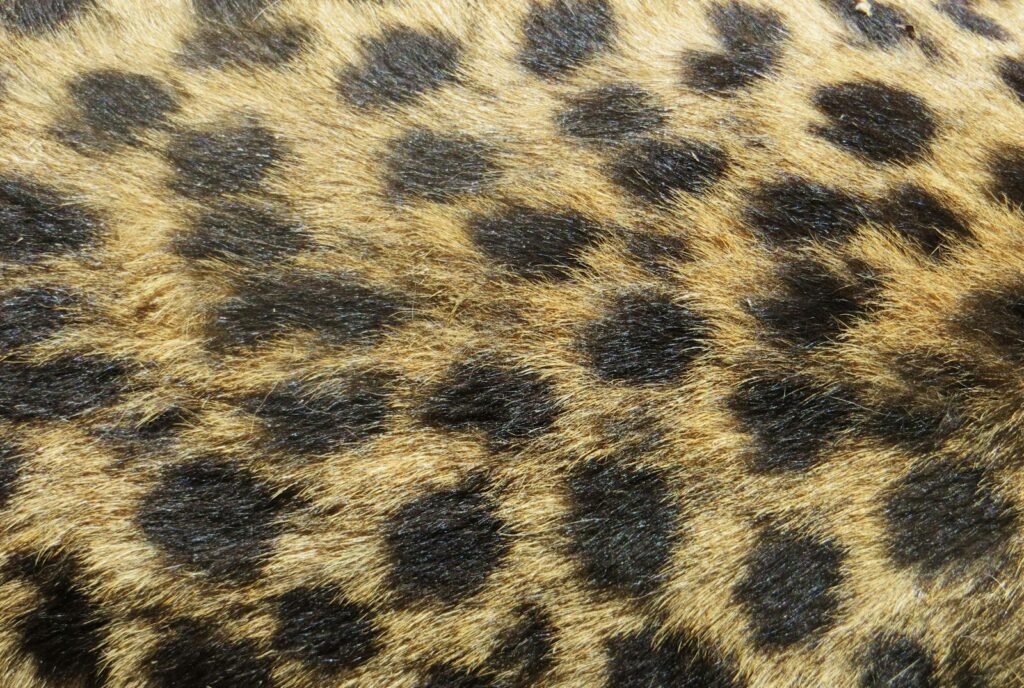
The coat patterns of big cats are a testament to nature’s ingenuity and adaptability. These patterns, functional at their core, highlight the intricate balance of genetics, environment, and evolution. As we study and admire these magnificent animals, we gain appreciation not only for their beauty but also for the complex science that shapes their existence.
Hi, I’m Bola, a passionate writer and creative strategist with a knack for crafting compelling content that educates, inspires, and connects. Over the years, I’ve honed my skills across various writing fields, including content creation, copywriting, online course development, and video scriptwriting.
When I’m not at my desk, you’ll find me exploring new ideas, reading books, or brainstorming creative ways to solve challenges. I believe that words have the power to transform, and I’m here to help you leverage that power for success.
Thanks for stopping by, Keep coming to this website to checkout new articles form me. You’d always love it!






